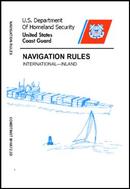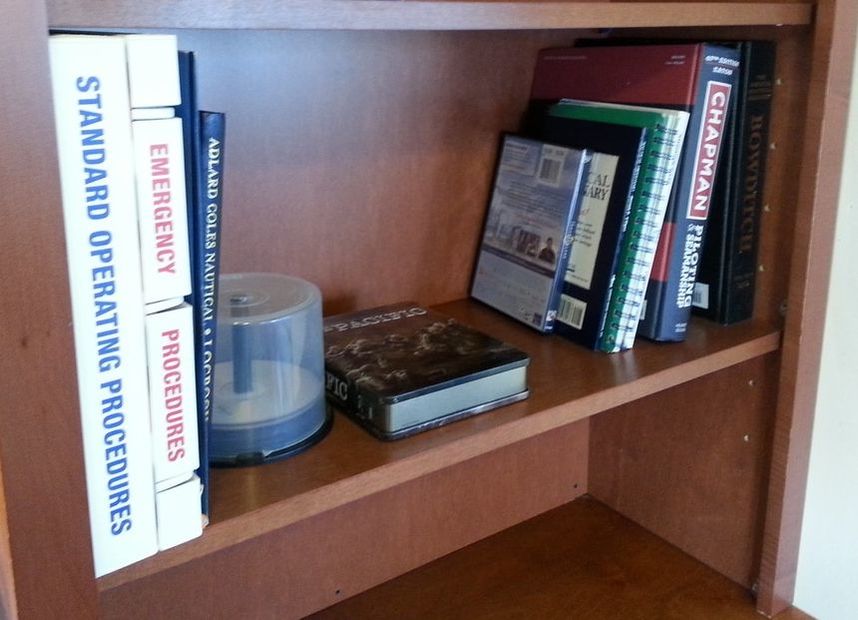|
Everyone is always asking me what books I would recommend they have on hand for the perfect nautical reference library…well, that’s not strictly true. No one has ever actually asked me that question, but I think they should. So I’m going to go ahead and answer it. It’s my blog and I’ll do what I want! Obviously you aren’t going to stick a stack of books in a storage compartment on your bass boat (though that would be pretty cool), but on a houseboat or other large vessel you have the space to keep some useful references aboard. I installed a bookshelf in the main salon on Serenity with this reference library in mind. If you don’t have a houseboat of your own, you can always build your reference library at home; I have both. Even the saltiest among us needs a little refresher once and a while, but what references are the most helpful when you’re out on your houseboat?  Since top ten lists seem to be so popular and I want to be popular too, below you will find my top ten recommendations for inclusion in your houseboat’s Reference Library.
Seriously, there are tons of other books and references that could be useful, but I think the above six are the real foundation of a good maritime reference library. I’d be curious to know what your suggestions are for inclusion in a maritime reference library (not really, but it seems polite to ask); so go ahead and post your recommendations in the comment section. Maybe we can get this up to a top ten list yet. Oh, oh, oh, I know…it’s a seminal six list…nope still not as good as a top ten, maybe it’s the “t’s” that make them so cool… Oh well. Until next time, here’s wishing you fair winds and following seas.
0 Comments
Leave a Reply. |
AuthorBrent Pounds has over a decade of experience in the maritime industry and has been involved in recreations boating since he was a child. See the About section for more detailed information. Archives
October 2016
Categories
All
|


 RSS Feed
RSS Feed